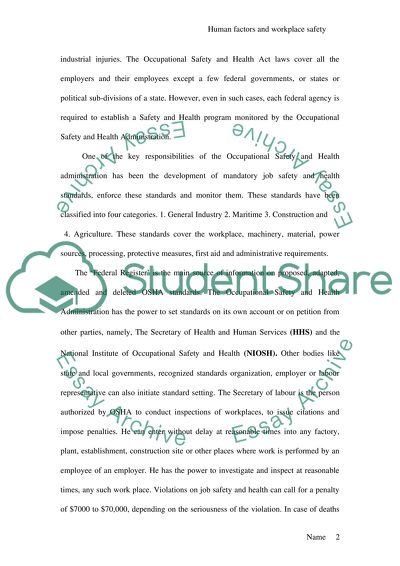Cite this document
(“Human Factors and Workplace Safety Essay Example | Topics and Well Written Essays - 2000 words”, n.d.)
Retrieved from https://studentshare.org/miscellaneous/1514897-human-factors-and-workplace-safety
Retrieved from https://studentshare.org/miscellaneous/1514897-human-factors-and-workplace-safety
(Human Factors and Workplace Safety Essay Example | Topics and Well Written Essays - 2000 Words)
https://studentshare.org/miscellaneous/1514897-human-factors-and-workplace-safety.
https://studentshare.org/miscellaneous/1514897-human-factors-and-workplace-safety.
“Human Factors and Workplace Safety Essay Example | Topics and Well Written Essays - 2000 Words”, n.d. https://studentshare.org/miscellaneous/1514897-human-factors-and-workplace-safety.


